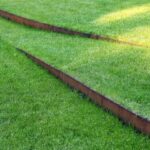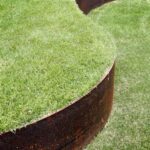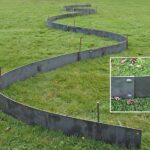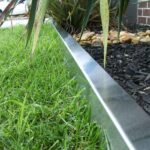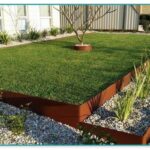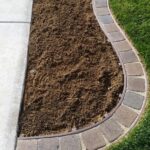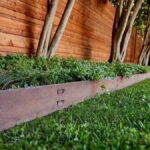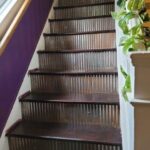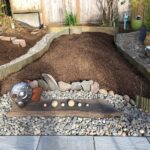As an Amazon Associate I earn from qualifying purchases.
Metal garden edging is a versatile and durable option for defining the boundaries of your outdoor space. Not only does it add a polished look to your garden, but it also helps to keep your plants and landscaping features neatly contained. However, with so many options available on the market, choosing the right metal garden edging can be overwhelming. To help you make an informed decision, here is the ultimate guide to choosing metal garden edging.
1. Material: When it comes to metal garden edging, the most common materials used are steel, aluminum, and iron. Steel is the most durable option and is suitable for heavy-duty applications. Aluminum is lightweight, easy to install, and resistant to rust. Iron is a classic and elegant choice, but it requires regular maintenance to prevent rusting. Consider the climate in your area and the level of maintenance you are willing to commit to when choosing the material for your metal garden edging.
2. Style: Metal garden edging comes in a variety of styles, such as straight, curved, or decorative. Straight edging is perfect for creating clean lines and defining the borders of your garden beds. Curved edging is great for creating flowing shapes and adding a more natural look to your landscape. Decorative edging can add a touch of elegance to your outdoor space and can be found in intricate designs and patterns. Choose a style that complements the overall aesthetic of your garden.
3. Height: The height of your metal garden edging will depend on the purpose you want it to serve. If you are using the edging to contain mulch or gravel, a height of 4-6 inches should be sufficient. For edging around vegetable or flower beds, a height of 6-8 inches may be more appropriate to prevent soil erosion and keep your plants contained. Consider the overall look you want to achieve and the practicality of the height when selecting your metal garden edging.
4. Installation: Metal garden edging can be installed using different methods, such as hammer-in edging, stake-in edging, or top edge edging. Hammer-in edging is driven into the ground with a mallet, stake-in edging is secured with stakes, and top edge edging is laid on top of the ground. Consider the ease of installation and the level of expertise required when choosing the installation method for your metal garden edging.
5. Budget: Lastly, consider your budget when choosing metal garden edging. Prices can vary depending on the material, style, height, and brand of the edging. Set a budget and shop around to find a quality product that fits within your price range. Remember that investing in durable and high-quality metal garden edging will save you money in the long run by reducing the need for replacement or repairs.
In conclusion, metal garden edging is a functional and attractive addition to any outdoor space. By considering the material, style, height, installation method, and budget, you can select the perfect metal garden edging for your garden. With the ultimate guide to choosing metal garden edging, you can create a beautiful and well-defined landscape that will be the envy of your neighbors.
Amazon and the Amazon logo are trademarks of Amazon.com, Inc, or its affiliates.

